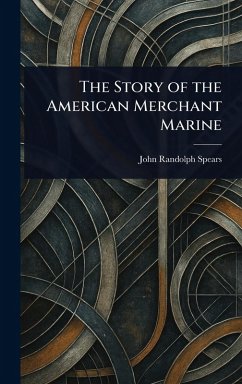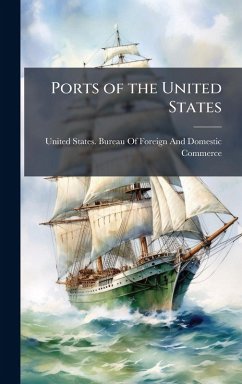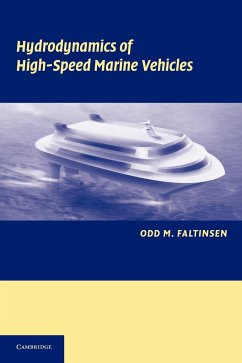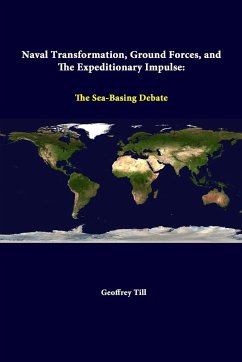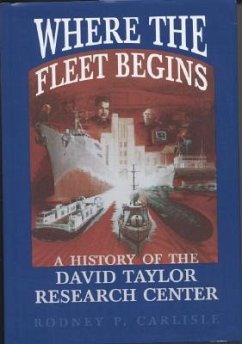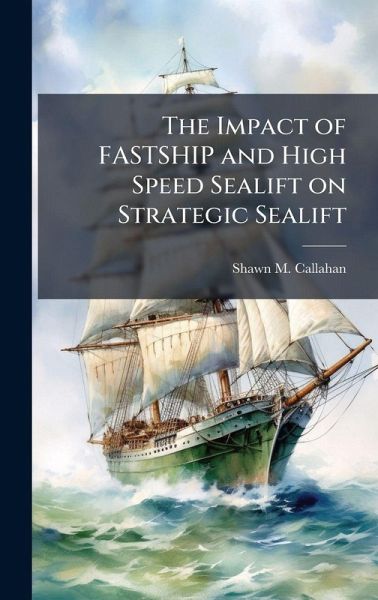
The Impact of FASTSHIP and High Speed Sealift on Strategic Sealift
Versandkostenfrei!
Versandfertig in über 4 Wochen
28,99 €
inkl. MwSt.
Weitere Ausgaben:

PAYBACK Punkte
14 °P sammeln!
The commercial sealift industry is breaking free of the constraints of traditional hull designs that characterize present vessels. Several alternative designs are being developed to fulfill the need for high speed, heavy payload capable, long distance transportation. One such design, FASTSHIP is thought to be capable of speeds of 45 knots, carrying 8000 long tons, over 5000 nautical miles. This paper uses a combination of spreadsheet based linear programming (LP) and genetic algorithms (GA) to find the best mix of a military application of FASTSHIP's capabilities in strategic sealift. Using da...
The commercial sealift industry is breaking free of the constraints of traditional hull designs that characterize present vessels. Several alternative designs are being developed to fulfill the need for high speed, heavy payload capable, long distance transportation. One such design, FASTSHIP is thought to be capable of speeds of 45 knots, carrying 8000 long tons, over 5000 nautical miles. This paper uses a combination of spreadsheet based linear programming (LP) and genetic algorithms (GA) to find the best mix of a military application of FASTSHIP's capabilities in strategic sealift. Using data and requirements from past Mobility Requirements Studies (MRS), the Excel based Sealift Optimization Model finds a minimum Net Present Value (NPV) cost mix of sealift ships needed to meet given requirements of cargo and containers within a specified time period subject to several constraints. Various acquisition methods are explored in the determination of cost to include buy, lease, and joint commercial use. Analysis of the model output validates that the current sealift mix is sufficient, however FASTSHIP may provide added capability to meet increased requirements at a cost with a commercial joint venture offering the least cost solution, especially if the Ready Reserve Force (RRF) is allowed to decrease. This work has been selected by scholars as being culturally important, and is part of the knowledge base of civilization as we know it. This work was reproduced from the original artifact, and remains as true to the original work as possible. Therefore, you will see the original copyright references, library stamps (as most of these works have been housed in our most important libraries around the world), and other notations in the work. This work is in the public domain in the United States of America, and possibly other nations. Within the United States, you may freely copy and distribute this work, as no entity (individual or corporate) has a copyright on the body of the work. As a reproduction of a historical artifact, this work may contain missing or blurred pages, poor pictures, errant marks, etc. Scholars believe, and we concur, that this work is important enough to be preserved, reproduced, and made generally available to the public. We appreciate your support of the preservation process, and thank you for being an important part of keeping this knowledge alive and relevant.



